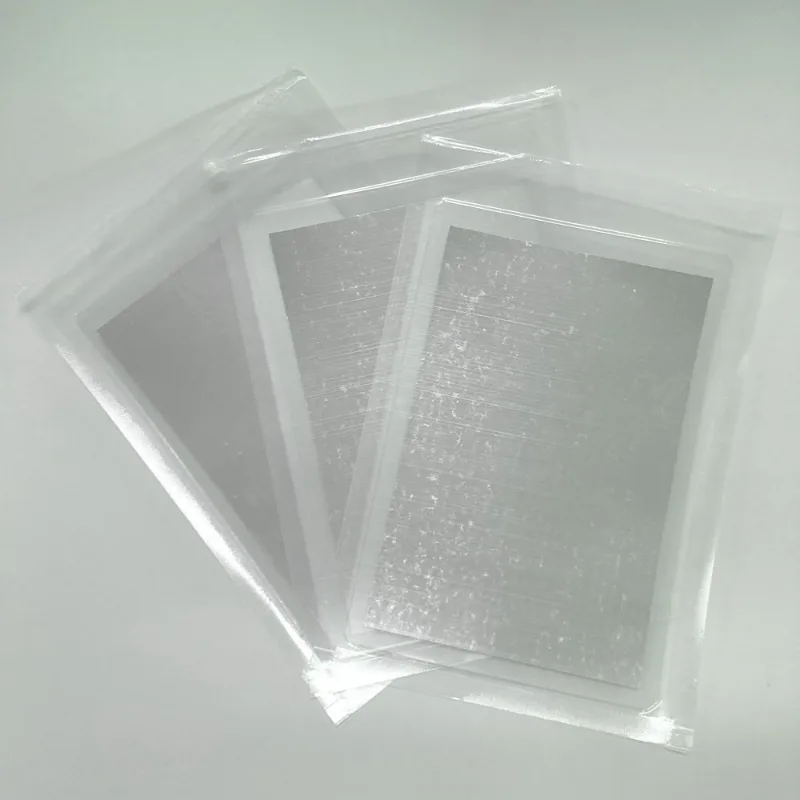
In the realm of high-power devices like LEDs, lasers, and expansive server rooms, efficient heat dissipation is paramount for optimal performance and longevity. Understanding the pivotal role of thermal conductivity and the materials involved is key to maximizing cooling efficiency.
The Importance of Thermal Conductivity:
At room temperature, materials with higher thermal conductivity facilitate faster heat dissipation. Pure metals or alloys like copper (401W/(m·K)) and aluminum (approximately 237W/(m·K)) are commonly employed due to their excellent thermal conductivity. This stands in stark contrast to air, with a thermal conductivity of 0.026 W/(m·K), thousands of times lower than metals, significantly impeding heat dissipation.
Addressing Gaps with High-Conductivity Materials:
Air-filled gaps on uneven contact surfaces pose a challenge to efficient heat transfer. To mitigate this, materials with high thermal conductivity are employed to fill these gaps. Thermal grease, a commonly used material with a thermal conductivity ranging from 0.8 to 5.0 W/(m·K), is prevalent in household computer CPUs and various appliances. However, it still falls short compared to metal components.
The Rise of Liquid Gallium-Based Thermal Materials:
In recent years, liquid gallium-based thermal materials have gained popularity. With a thermal conductivity ranging from 15 to 30 W/(m·K), these materials offer superior heat transfer capabilities. Remaining in a liquid state at room temperature, they have the unique ability to freely fill gaps, enhancing heat dissipation efficiency.
Introducing Indium-Tin Alloy Foil for Enhanced Cooling:
In the latest development, third-generation high-power devices are adopting indium-tin alloy foil with a melting point between 50-70℃. This flexible foil material boasts a thermal conductivity of 35-85W/(m·K) and possesses the capacity to fill gaps effectively. Moreover, when these devices operate at its melting point, the foil transitions into a liquid state, capitalizing on the advantages of liquid metals.
Conclusion:
Efficient heat dissipation is essential for the optimal performance and longevity of high-power devices. Leveraging materials with high thermal conductivity, such as liquid gallium-based thermal materials and indium-tin alloy foil, ensures enhanced cooling efficiency and improved reliability in specialized applications. Explore the latest advancements in thermal materials to optimize heat management in your high-power devices.
